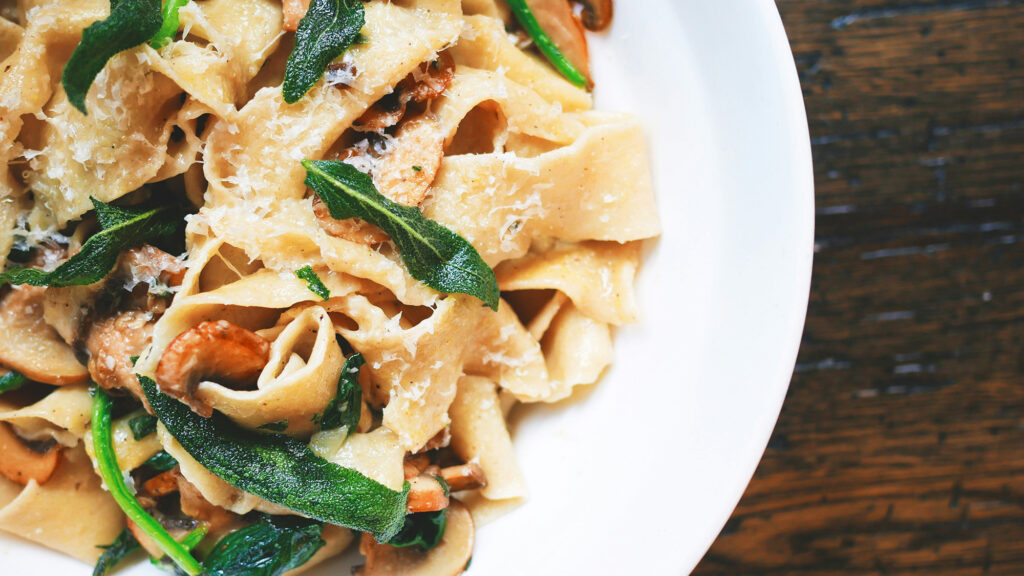Roti and vegetables are typically low glycaemic index (GI) foods, which means they can help regulate blood glucose levels. However, the addition of high GI ingredients such as potatoes or sweeteners, as well as large portion sizes can increase the glycaemic load of the meal and impact blood glucose levels, eventually leading to hyperglycaemia. A balanced and mindful approach to including roti vegetable curry in the diet can help manage blood glucose levels effectively.
Optimising roti and vegetable curry intake to stabilise your blood glucose levels
• Consider pairing carbohydrates present in roti with fibre, protein and fat to slow down the release of glucose.
• Adding psyllium husk to the roti can reduce the meal’s GI.
• Try reducing the portion of carbohydrates, as eating smaller portions can help prevent blood glucose spikes.
• Consider choosing complex carbohydrates as they have a lower GI and are a good source of fibre that helps to lower the absorption of glucose into the bloodstream.
• It is recommended to start your meal by eating fibre first, followed by proteins and finally ending with starchy carbs.
The impact of roti vegetable curry on blood glucose levels can vary based on ingredients, portion size and cooking methods. Low glycaemic index vegetables and whole wheat flour can help regulate blood glucose levels, but the addition of high glycaemic index ingredients or large portions can increase the glycaemic load. In essence, mindful eating is the key.







